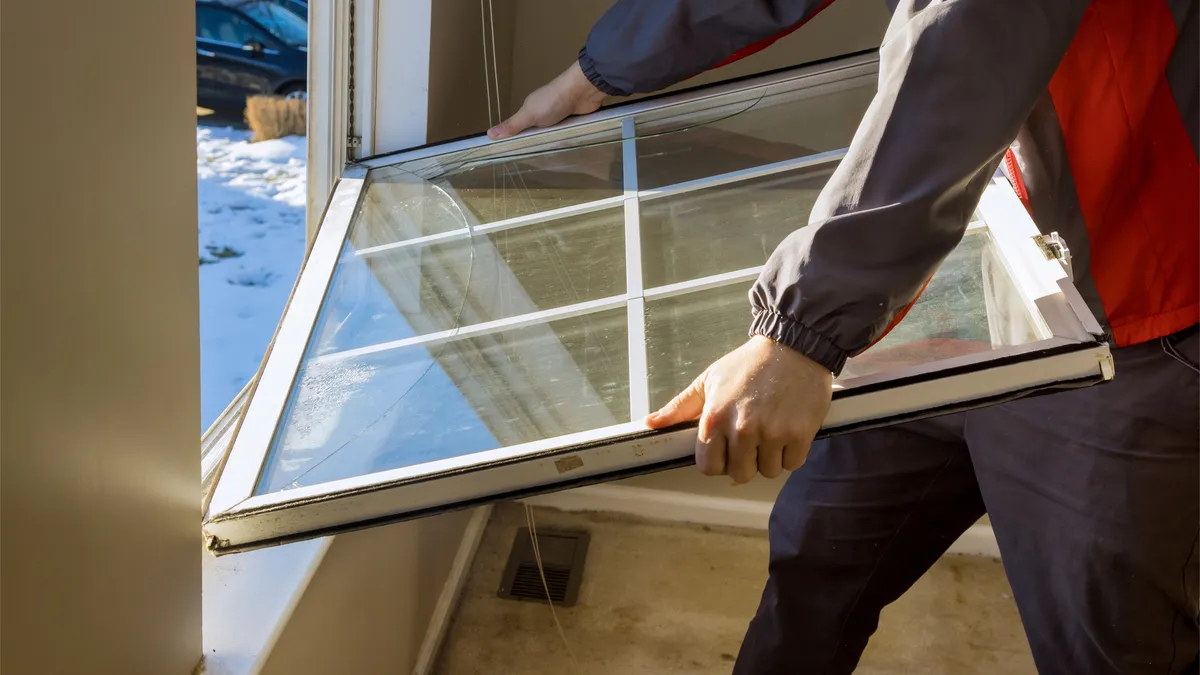Dive Brief:
-
Local governments often use property-assessed clean energy programs to help fund climate efforts, a recent Brookings Institution report found. Taxes and emerging strategies like local financing authorities and funding partnerships are less common, it states.
-
Thirty-nine states allow local governments to create PACE programs to encourage building efficiency upgrades. Such programs help property owners finance all the upfront costs of energy efficiency projects like new heat and cooling systems or insulation by allowing them to repay those costs over a long period, often up to 20 years, through property taxes.
-
“Funding and financing are often the biggest barriers to local decarbonization efforts,” the report says. “With larger cities requiring billions of dollars to retrofit their building stock, construct new transit lines, or modernize local electricity distribution systems, being realistic about how to fund all these investments is an essential step to decarbonization.”
Dive Insight:
An earlier Brookings report found that just 16% of the decarbonization plans for the 50 largest U.S. cities contain essential details about funding and financing for infrastructure improvements and other efforts to reduce greenhouse gas emissions.
In that study, only eight cities — Cincinnati; Denver; Memphis, Tennessee; Nashville, Tennessee; New York City; Sacramento, California; San Francisco; and San Jose, California — met all the researchers' funding and financing criteria.
“Sound funding and financing strategies are the exception when it comes to decarbonization planning in American cities,” the latest report said.
Commercial and residential PACE programs are growing in popularity, in part because they are easier to implement than other funding and financing sources such as new taxes, which often require voter approval or new legislation, according to Brookings.
“Passing a citywide tax increase to fund climate action is a rare achievement,” the report said.
Atlanta; Cincinnati; Columbus, Ohio; Dallas; Kansas City, Missouri; and Orlando, Florida, are among the largest U.S. cities to adopt PACE programs.
“But despite its growing adoption, PACE programs are far from a financial panacea; they are limited to the building sector, and some critics are concerned about consumer protections, particularly around the potential for predatory practices and oversight challenges in residential PACE programs,” the report states.
Other large U.S. cities, including Boston, New York City and Washington, D.C., have created local financing authorities to fund their climate efforts. Still, others have turned to funding partnerships (such as those in Los Angeles and San Diego) or made one-time investments (as have Chicago and Sacramento, California).
The researchers suggested that cities with existing, locally-driven funding and financing arrangements for decarbonization might have more success implementing federal climate investments, such as the Inflation Reduction Act’s $27 billion Greenhouse Gas Reduction Fund, which provides money for local green banks.
Denver and Portland, Oregon, were the only two large U.S. cities to raise dedicated climate funds through new taxes, which the report attributed to “climate-friendly support among voters that lends itself toward sweeping actions.”
“Originating from resident-led coalitions, these funds also formalize monetary and procedural commitments to equity, whereas unfunded climate plans often offer only words,” the report said.












